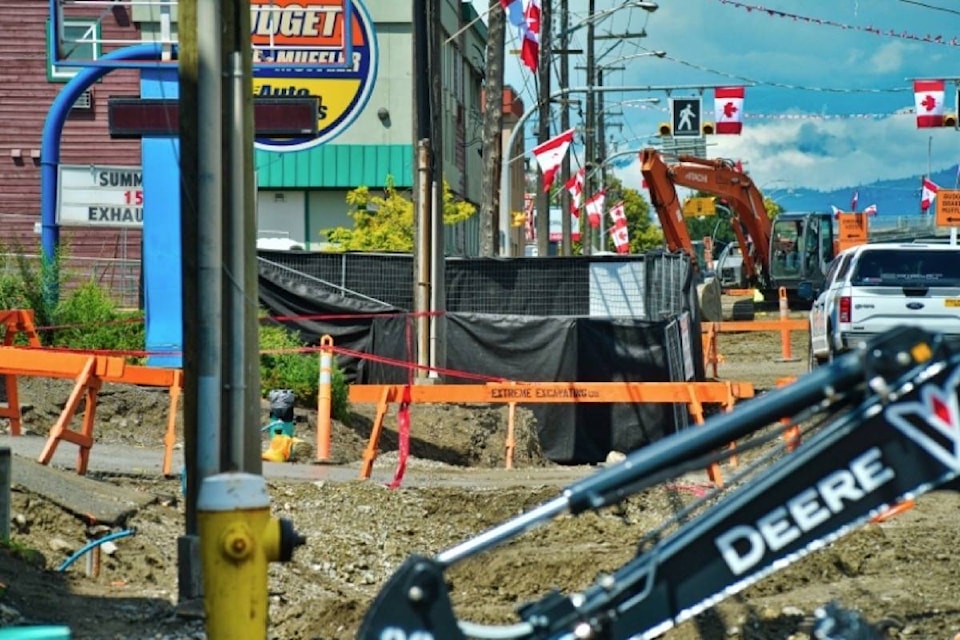Remains discovered last summer during roadwork in downtown Kamloops were those of an arthritic mother in her 50s, dating to before Christopher Columbus landed in the Americas.
Tk’emlups language and culture manager Ted Gottfriedson said the band has learned the bones date back 545 years and belonged to a woman between the ages of 50 and 59 who stood about five feet tall, gave birth to at least one child, was right-handed and had osteoarthritis. No cause of death was determined.
Tk’emlups Chief Rosanne Casimir said no other artifacts were found around the remains when they were unearthed on June 26 below West Victoria Street.
The remains — including rib bones, a femur and shoulder blade — will be reburied in the Tk’emlups te Secwépemc reserve cemetery on Nov. 1.
“The first Europeans to move in here was like 1810, 1811,” Gottfriedson said. “This was about 300 years earlier that she had passed away. When she had passed away, this would have been a time when we were at our peak for population, for our culture, for everything. This would have been high times for our people.”
He said the discovery reiterates the prevalence of the Secwepemc people throughout the Nicola Valley, a reminder that previous to living on reserves, First Nations were “everywhere.”
A proper reburial is important, he added.
“She’s been driven over,” Gottfriedson said. “For me, personally, I just think of all the times I’ve driven over her and how awful that is for me to have done that.”
T’kemlups praised the City of Kamloops for how it handled the discovery. He cited the city’s contractor for stopping work immediately, the hiring of security to protect the remains, and the provision of access for a ceremony during afternoon rush hour.
READ MORE: B.C. orchardists file lawsuit over ancestral remains site
“It’s really terrible for us to step over a grave, well, never mind digging them up,” he said. “It’s one of the worst things we can do, so we have to have a ceremony to help her in our way.
“It was so cool, the excavator operator asked to be involved. It was very powerful.”
Darren Crundwell, capital projects manager, said he expects the city’s archaeological protocols will change practices in the field.
